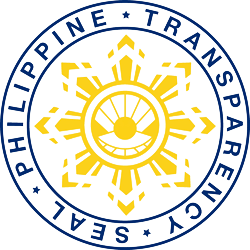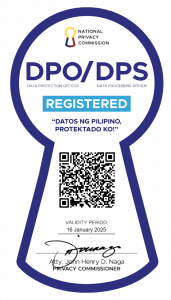
Tokyo, Japan—”The Philippines stands ready to welcome your investments with a wealth of opportunities in a nation primed for growth,” Department of Trade and Industry (DTI) Secretary Fred Pascual emphasized during the Philippine Economic Briefing (PEB) on June 21.
“By partnering with us, you not only gain a foothold in a dynamic and expanding market, but also contribute to our shared vision of a sustainable, inclusive, and prosperous future,” the trade chief added, inviting Japanese businesses to invest in the Philippines.
Japan has consistently demonstrated its trust in the Philippines as the top source of net foreign direct investments in 2022 and 2023, with an annual average exceeding USD 800 million. Japan is also the country’s second-largest trading partner, with a total merchandise trade reaching USD 20.74 billion last year.
Building on this strong foundation, the Philippines presents a compelling proposition for Japanese businesses seeking to expand their reach in Southeast Asia.
One of the key drivers of growth is the Strategic Investment Priority Plan (SIPP), which incentivizes projects that promote green technologies, sustainable agriculture, and advanced manufacturing. The SIPP offers tiered benefits, with higher tiers translating to longer tax holidays and stronger fiscal incentives.
Moreover, President Ferdinand R. Marcos Jr.’s administration prioritizes economic competitiveness through the “Build Better More” program. This initiative focuses on developing critical infrastructure across various sectors including transportation, digital technology, agriculture, water resources, and healthcare.
Additionally, amendments to the Renewable Energy Act allow 100% foreign equity in specific renewable energy projects, attracting much-needed foreign investment for the clean energy transition. The government also prioritizes economic zones, leveraging them as catalysts for infrastructure development in surrounding areas, fostering a more connected and efficient national network.
Beyond these existing initiatives, the recent trilateral meeting of ministers yielded promising discussions on key projects designed to spur economic growth in the Luzon Economic Corridor of the northern Philippines.
Another significant factor that makes the Philippines an even more attractive investment destination for Japanese companies is the Regional Comprehensive Economic Partnership (RCEP). Since its enforcement in June 2023, RCEP countries accounted for more than half of the Philippines’ total merchandise trade. This partnership framework has substantially contributed to foreign direct investment (FDI) inflows, generating USD 1.12 billion of the USD 1.29 billion net FDIs from RCEP nations.
Leveraging the economic briefing, which convened 400 senior executives and representatives from Japan-based corporations, industry associations, and financial institutions, the Philippines sought to increase access for Philippine products and services in the US and Japanese markets.
To achieve this, the Philippines intends to initiate negotiations for a potential comprehensive or sector-specific free trade agreement with the US, and also to revisit and update the existing Philippines-Japan Economic Partnership Agreement.

“The Philippines is committed to fostering a dynamic and conducive economic environment. With its strategic location, skilled workforce, and dedication to continuous policy improvement, the Philippines offers a compelling investment destination for Japanese businesses.
“We invite Japanese companies to explore the vast opportunities that await in the Philippines. We in the government are here to support you every step of the way, from initial investment to long-term growth,” said Secretary Pascual.
With the theme: “PH On-the-Go: Fast Tracking Economic Progress,” the event showcased the government’s initiatives to improve the ease of doing business and accelerate the country’s economic growth.
As part of this economic briefing, Secretary Pascual also participated as a panelist in a discussion, titled “Navigating PH’s Investment Landscape: Where to Invest?”, which specifically addressed the Philippines’ major trading partners, including China and the United States.
The briefing highlighted the successful Indo-Pacific Business Forum held in Manila this year, showcasing advancements in the digital economy, infrastructure development, and regional supply chain strengthening. Furthermore, the panel emphasized the Philippines’ commitment to working with the Association of Southeast Asian Nations (ASEAN) to enhance the ASEAN-China Free Trade Area, the world’s largest free trade area by population.
The panel also focused on attracting investment to the Luzon Corridor in sectors such as blended textiles, where a skilled workforce is available. Likewise, the government underscored established programs for smart manufacturing, electronics, semiconductors, automotive components, medical devices, and information and communications technology. ♦
Date of release: 21 June 2024










